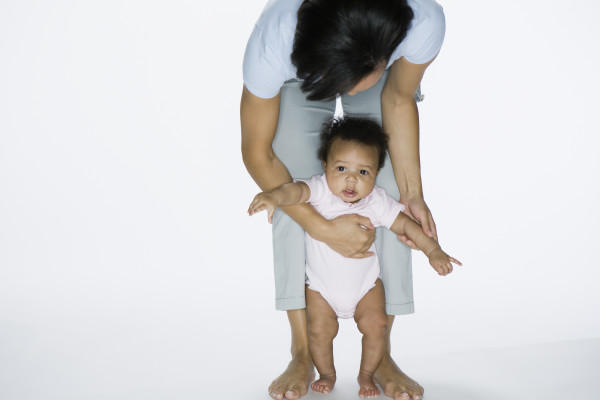Stepparent Adoption – What To Expect
According to the U.S. Department of Health & Human Services, stepparent adoption is the most common form of adoption. The stepparent legally accepts their spouse’s child as their own. This can happen when the other parent hasn’t seen the child for years for example, in cases of substantiated abuse or neglect, or other circumstances where the child feels more bonded to a stepfather or stepmother than the noncustodial parent.
If you’re considering adopting your stepchild, keep in mind the laws vary by state. The process is often easier when it involves stepparents but it still involves procedural requirements. Thanks to the Adoption Support Center experts, adoption for stepparents can be a clear and guided process.
Different States, Different Laws
As mentioned earlier, the laws and legal processes will vary between states. The largest differences involve home inspection requirements and consent issues. For example, in California both biological parents of the child must agree to the adoption.
Children ranging in age from 10 to 14 years old must also give their consent to the adoption. In other states, like Washington consent from the noncustodial parent is not required if the parent abandoned the child or doesn’t use visitation rights.
A home study is a screening of the home and life of the prospective adoptive parent prior to allowing an adoption to take place. Home study requirements also vary between the states.
Some will require a home study for all potential adopting homes, including those involving a stepparent while some can skip or waive that step.
Basically, you can review legal requirements for your state on your own or with an adoption attorney.
Consent from Non-Custodial Parent
Generally, unless the other parent was out of their child’s life for a long number of years, you will require their consent to proceed with the adoption. This is a big deal as giving consent means surrendering all rights to the child.
Consent can be through a written statement, but some courts require the non-custodial parent to file certain forms. Sometimes, there are waiting periods to give that parent time to withdraw consent (see page 2 of Stepparent Adoption fact sheet).
Also, situations can be very complicated and a lack of contact can occur for legitimate reasons. This is the touchiest step of the adoption process and you will need to proceed with appropriate care and sensitivity.
Hearings
There is normally a hearing to finalize the adoption (see page 4 of Stepparent Adoption fact sheet). The court will confirm consent from the other parent or the child (if she’s old enough) and ask further questions. If the other parent objects to the adoption, those arguments are considered too.
Even if there is an objection to the adoption, it doesn’t mean the court will prevent it. If there is a good reason to terminate the custodial rights of the other parent, the court will do so and grant the adoption.
Finalize Legal Records
Adoption proceedings don’t end with the court judgment. There will be plenty of paper work. This can include name change documents for the child. You will also need to arrange to change the birth certificate (again on page 4 Stepparent Adoption fact sheet).
Take care of these steps as soon as possible. Failing to do so can cause the child issues later in life when they get a driver’s license, applies for a passport or attends college.
Keep in mind if the other parent remains alive, most of these adoptions rarely avoid roadblocks. Like any other family law matter, it can be an intensely emotional experience that can add more drama to your life before it settles down.
That way, you know you followed the right legal procedures and ensured the best process available for all involved – including your soon-to-be adopted child.
For advice on stepparent adoption, please read Adoption Advice for Stepparents .






